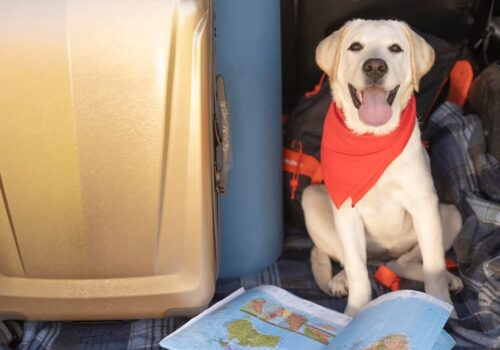Optimally light aircraft
The author of the machine, Viktor Pavlovich Dmitriev, has long been engaged in finding the limits in small aviation – the ratio of speed, wing area, size and weight of the aircraft. In the process of creating his airplane he paid special attention to mechanization and control stability at low speeds.
“No one in the world has created the airplane that I showed almost 30 years ago, – says V. Dmitriev. – My “ultralight” weighing only 24.5 kg without a motor and with a wing area of 1.5 square meters made it into the Guinness Book of Records in the early 1980s.
Yakovlev or Sukhoi sports planes weigh about a ton. And to lift a ton of precious metal into the air, you need a motor of at least 360 hp. Dmitriev’s plane is 20 times lighter and smaller. Many people didn’t believe it could be, until they saw it. “I myself performed aerobatics on the Yak-18T many times,” continues Viktor Pavlovich, “It gets off the ground at 125 km/h and higher, and my plane can take off at 50-55 km/h.
In 1984 Dmitriev was invited to the most prestigious air show in Oshkosh (Wisconsin, USA). He took the plane to America in a folded form – it came in a suitcase, causing amazement among specialists. The exhibit was so popular among the air show visitors that it had to be surrounded by an additional fence, otherwise it would have been stolen by aviation fans.
In terms of aerodynamics, Dmitriev’s planes are still considered unbeatable. Of course, it is theoretically possible to make the machine even lighter, to reduce the speed and the wing area. But it would be practically impossible to control such an airplane.
Dmitriev’s new microplane has reached the minimum dimensions, area ratio and mounting profiles, at which a normally controllable flight is possible. The mechanization of the wing (two-slit flap) and tail, first used 30 years ago, remains unique today. It was at one time drew attention at the air show in Oshkosh. Experts from NASA and Boeing were working on such fins in the USA, investing huge amounts of money in the project. Dmitriev, on the other hand, has (in his words, almost by accident) a highly mechanized variable tail profile optimized with the angle of the flaps.
At the XIII Moscow International Salon of Inventions and Innovation Technologies, held in Sokolniki, Dmitriev showed a new experimental model X-12h weighing 50 kg (without the motor), created by the original, but simple and cheap scheme with the same high mechanization. Acceleration and takeoff of the aircraft is possible at 30 meters, landing – at 60 meters (to a full stop). The airplane needs an engine of 30 to 50 hp and weighing up to 16 kg (for example, Limbach L550E engine).
According to the author, such a machine can already be recommended to our aviators as an economical and adapted aircraft for sports and tourist purposes. On the basis of the X-12h it is possible to design two- and four-seater machines. Despite the increased scale, the aircraft will still be small. With the X-12h scheme, you can make not just a great airplane, but one that is needed in a particular case, for the task at hand.
The main advantage: thanks to its aerodynamic qualities, the plane cannot stall, even with the most careless piloting. As Viktor Dmitriev says, “the airplane forgives a novice aviator his mistakes.




